Space fans had plenty to celebrate in 2018, including the launch of three new NASA missions and the debut of SpaceX’s giant Falcon Heavy rocket. In case you missed any of the action, here are 11 space stories that were particularly noteworthy.
Return to Mars
After a six-month journey of more than 300 million miles, NASA’s InSight lander arrived at Mars on Nov. 26, plunking down for a two-year mission to study the interior of the Red Planet. The dramatic landing was NASA’s first on Mars since 2012, when the space agency’s Curiosity rover successfully touched down.
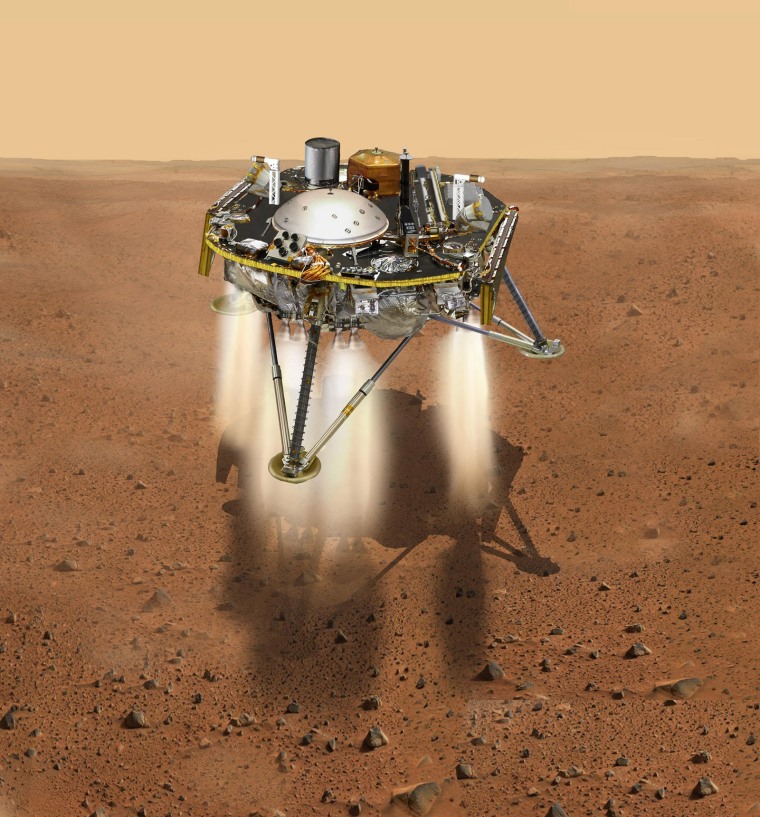
Less than two weeks after landing at a spot near the Martian border called Elysium Planitia, the InSight lander snapped its first selfie using a camera on its 6-foot-long robotic arm and captured the first "sounds" of wind blowing on Mars. The spacecraft is now in a monthslong process of testing its science instruments, including a seismometer and a heat probe, and placing them on the planet’s surface to start collecting data.
Mysterious visitor
Astronomers first spied a strange cigar-shaped object swinging past the sun last year, but it wasn’t until 2018 that astronomers used the Hubble Space Telescope and ground-based observatories to conclude that Oumuamua is a small comet. But debate about the mysterious object continues, with some respected scientists saying there’s a chance it could be an alien spacecraft.
Space rock rendezvous
After its own multi-year journey, NASA’s OSIRIS-REx spacecraft snuggled up to a skyscraper-size asteroid known as Bennu. The space probe reached Bennu on Dec. 3 and will spend about a year surveying and mapping the 1,600-foot-wide asteroid. Shortly after its arrival, mission scientists reported that the spacecraft had already detected water on the space rock — a discovery that lends support to the idea that asteroids and comets could have brought water to Earth.
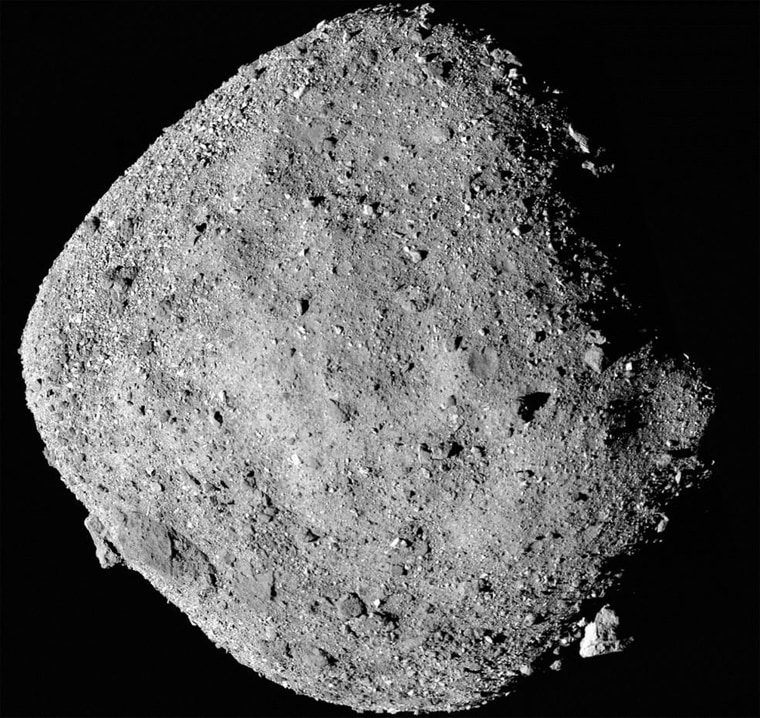
In 2020, OSIRIS-REx will lower its 11-foot-long robotic arm to the surface of Bennu to collect samples that will be returned to Earth in 2023.
Mighty booster debut
Rocket tests don’t always go off as planned, but SpaceX’s massive Falcon Heavy booster nailed its maiden flight on Feb. 6. The rocket, which is designed to carry astronauts to the moon and Mars, can lift a heavier payload than any American rocket since NASA’s Saturn V, the behemoth booster that ferried Apollo astronauts to the moon half a century ago.

Shortly after its launch, SpaceX CEO Elon Musk revealed that the Falcon Heavy was carrying a cherry-red Tesla Roadster with a spacesuit-clad mannequin named “Starman” in the driver’s seat. In early November, SpaceX reported that Starman had cruised beyond the orbit of Mars on its elliptical path around the sun.

A second flight of the Falcon Heavy is planned for early 2019.
Bon voyage, Voyager 2!
NASA's Voyager 2 probe is now just the second human-made object to reach interstellar space. On Dec. 10, the space agency announced that the well-traveled spacecraft has exited the heliosphere, or "the protective bubble of particles and magnetic fields created by the sun." The probe is now more than 11 billion miles from Earth. Its twin, the Voyager 1 spacecraft, reached interstellar space in 2012.
Ice on the moon
Astronomers have long known that water exists deep below the moon’s surface, but in research published on Aug. 20, scientists said they discovered the first definitive evidence of water ice on the lunar surface. The ice, detected at the moon’s north and south poles, could serve as a source of water for future lunar expeditions or to sustain moon colonies.
New planet hunter
On April 18, the planet-hunting TESS satellite launched into orbit to search for alien worlds that might harbor life. The $337 million spacecraft, designed to operate for two years, is equipped with four specialized cameras that will allow it to look for exoplanets in orbit around 20 million stars.
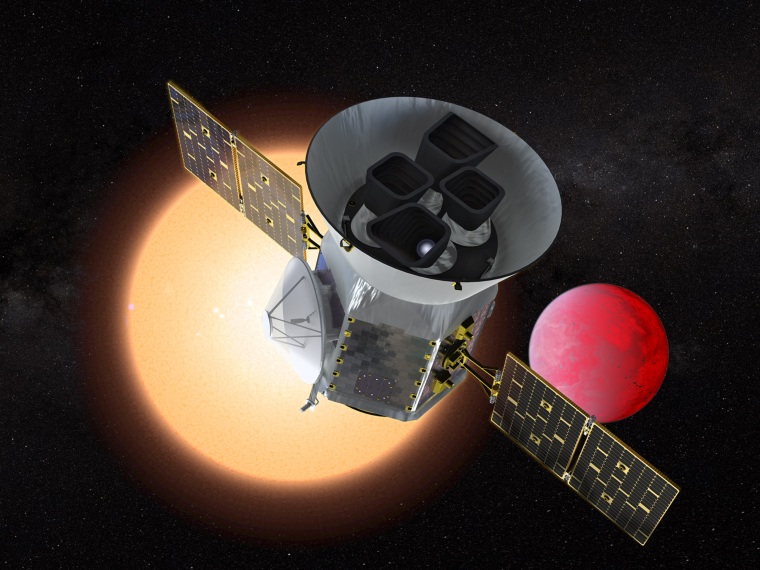
TESS follows in the footsteps of the prolific Kepler space telescope, which discovered more than 2,600 exoplanets during its nine-year mission in deep space. NASA retired Kepler on Oct. 30, after the planet-hunting machine ran out of fuel.
Touching the sun
On Aug. 12, NASA launched the first mission to “touch the sun.” The centerpiece of the mission is the Parker Solar Probe, a car-sized spacecraft designed to explore an ultra-hot region of the sun’s atmosphere known as the corona. The $1.5 billion probe will sweep through the 2,400-degree-Fahrenheit corona 24 times over the course of its seven-year mission.
Underground lake on Mars
In research published in July, scientists said they had discovered a lake under the frozen surface of Mars’ south pole. The subglacial lake’s water is thought to be salty as well as extremely cold, but the discovery is more evidence that life may have once existed on the Red Planet — or may still exist there.
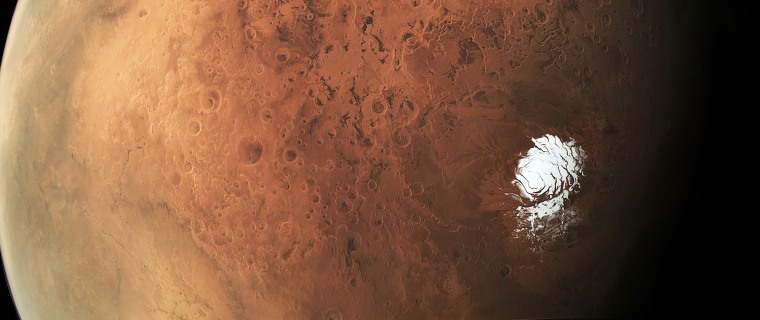
Scientists have long known that water flowed on the surface of Mars billions of years ago, but the discovery of the subglacial lake was the first time a stable body of liquid water had been found on Mars.
New era in human spaceflight
Ever since NASA retired its space shuttle program in 2011, astronauts have relied on Russian rockets and capsules to reach the International Space Station. But in August, NASA announced the names of nine astronauts who will fly to the space station in new capsules built by Boeing and SpaceX. The space agency said the flights would usher in “a new era in American spaceflight.”
Habitable moon
Should we be looking for life on Saturn’s moons? In a paper published in June, scientists said they had discovered complex organic molecules — the building blocks of life — on Enceladus, the sixth largest of the ringed planet’s more than 60 known moons. The researchers think these carbon-containing molecules originate deep within the icy moon and flow into its subsurface ocean via hydrothermal vents before spewing out into space through cracks in its icy crust.
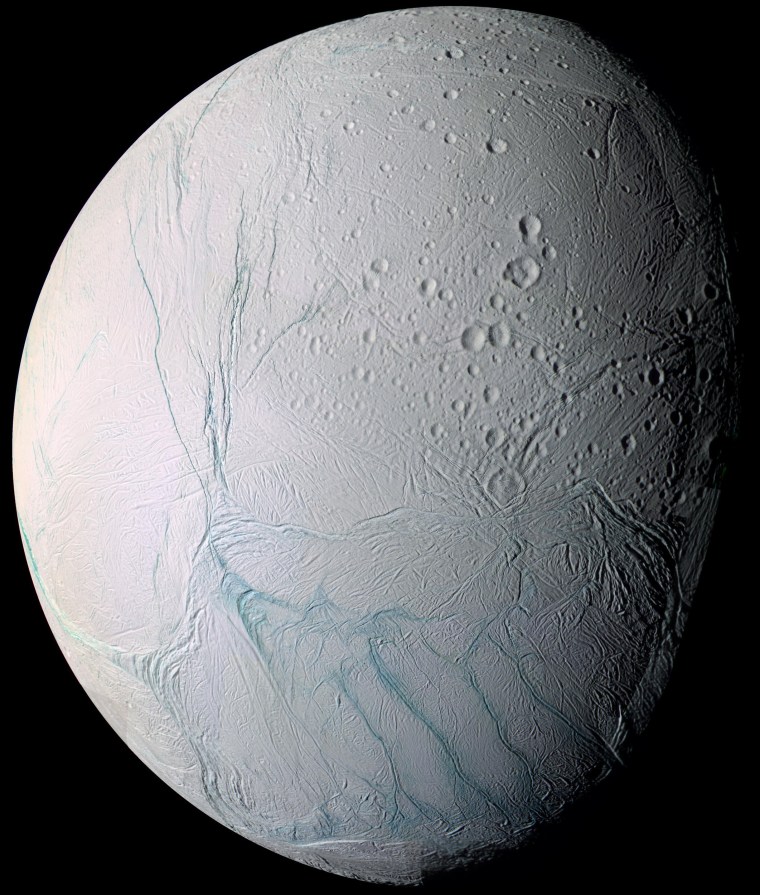
“Enceladus’ subsurface ocean is a habitable place,” Frank Postberg, a planetary scientist at the University of Heidelberg in Germany and the paper’s lead author, told NBC News MACH at the time. “The big question is if it is inhabited."
Want more stories about space?
- Saturn's rings are disappearing faster than anyone realized
- NASA's Mars InSight lander snaps its first selfie from the Red Planet
- Scientists discover 'Farout,' the most distant solar system object ever seen
